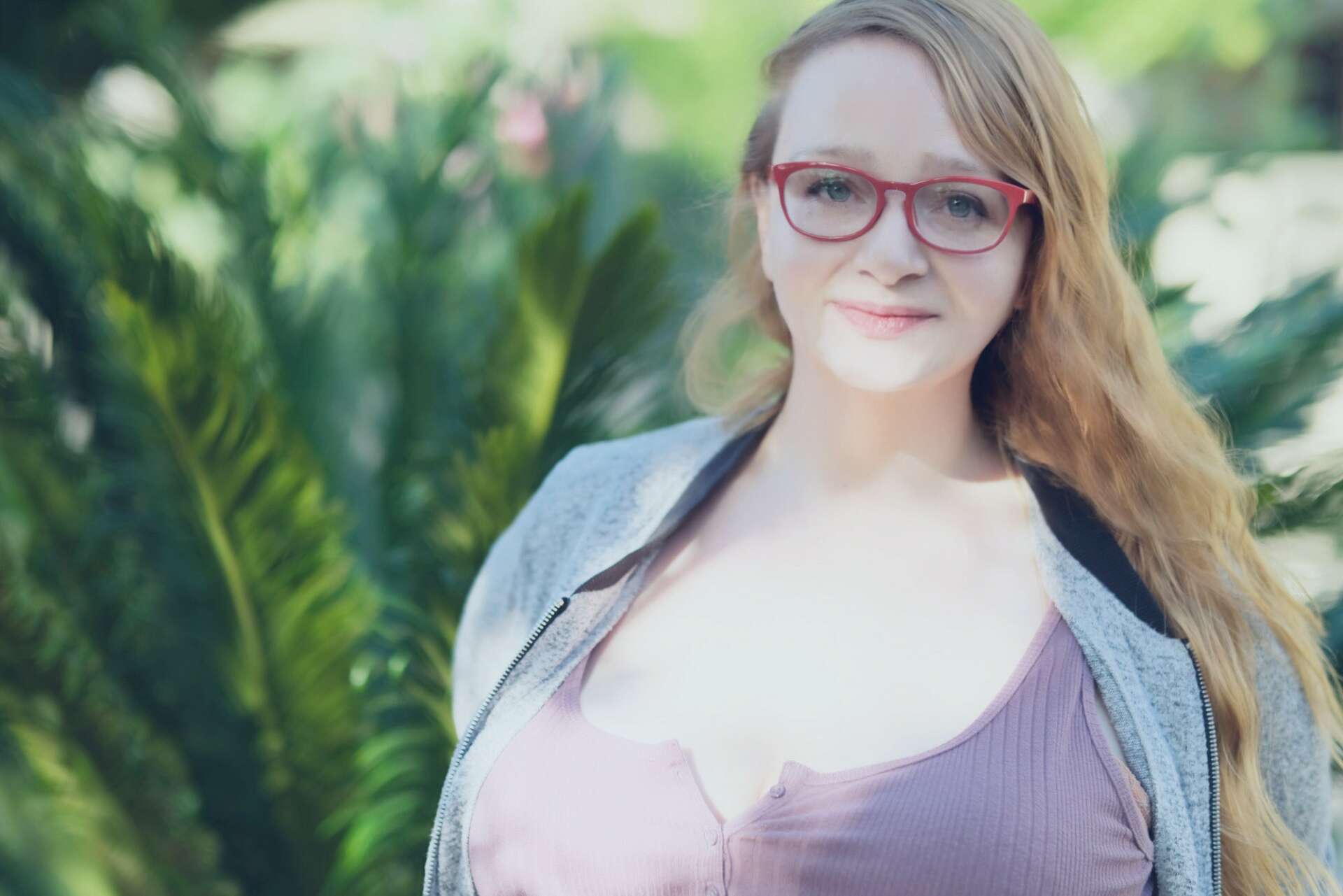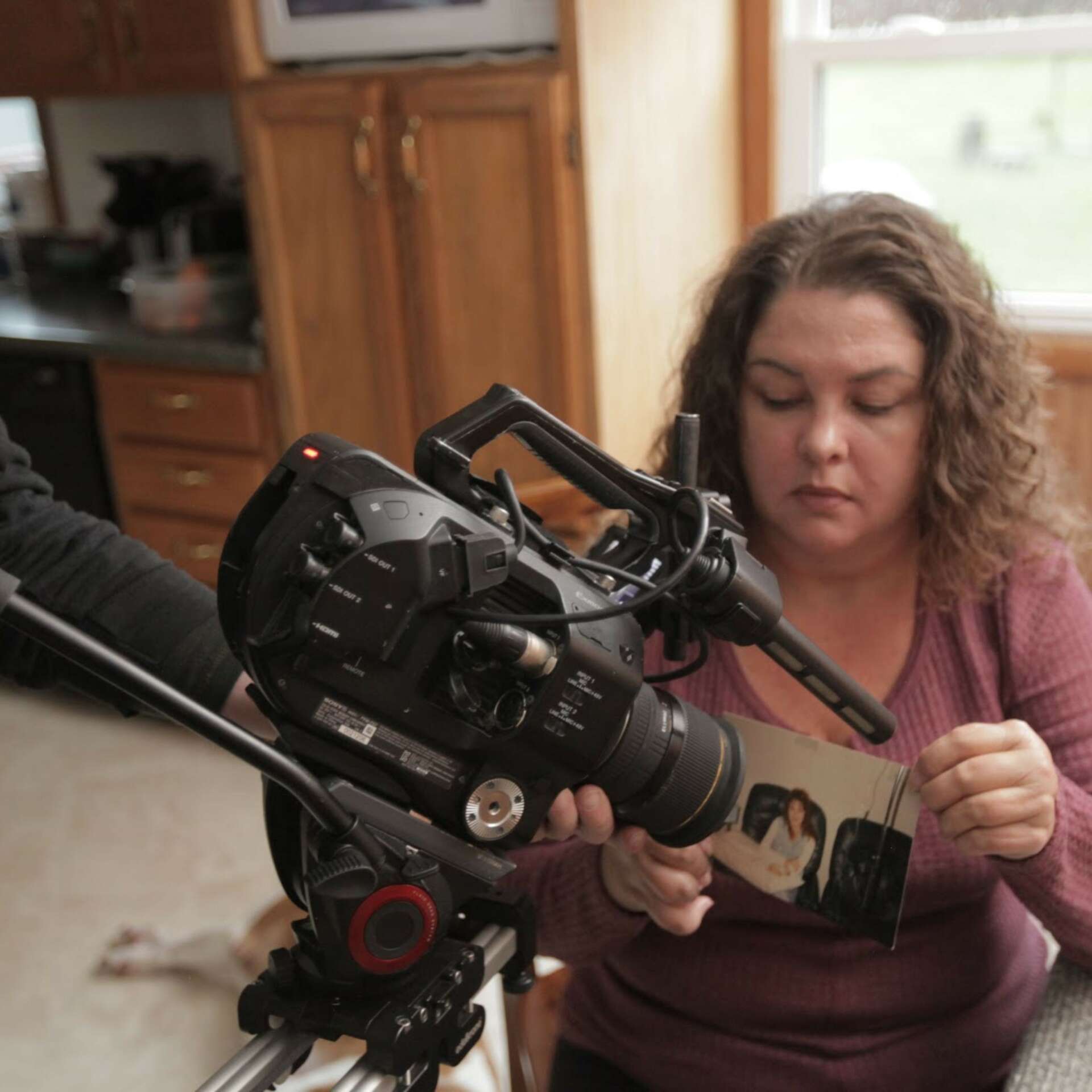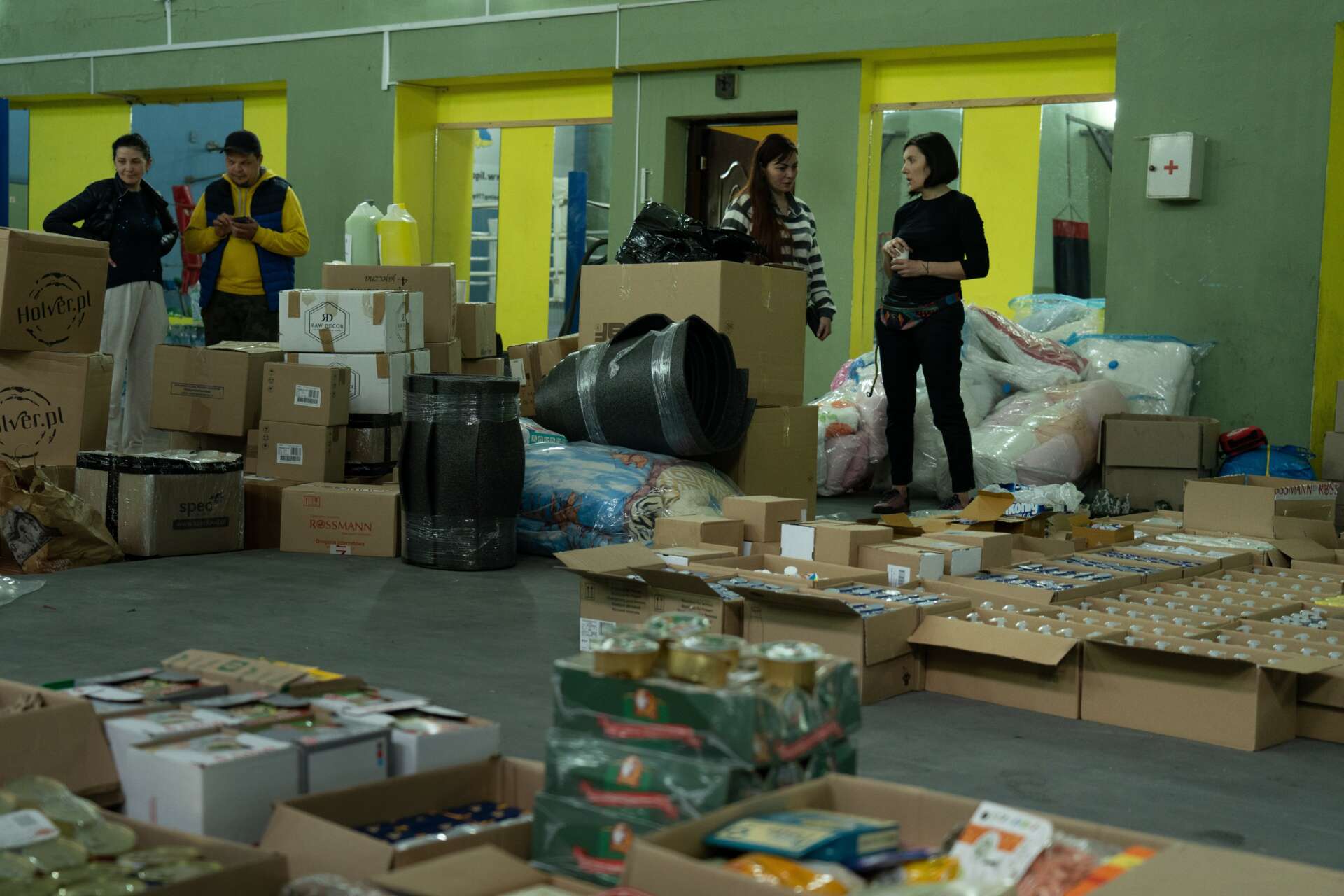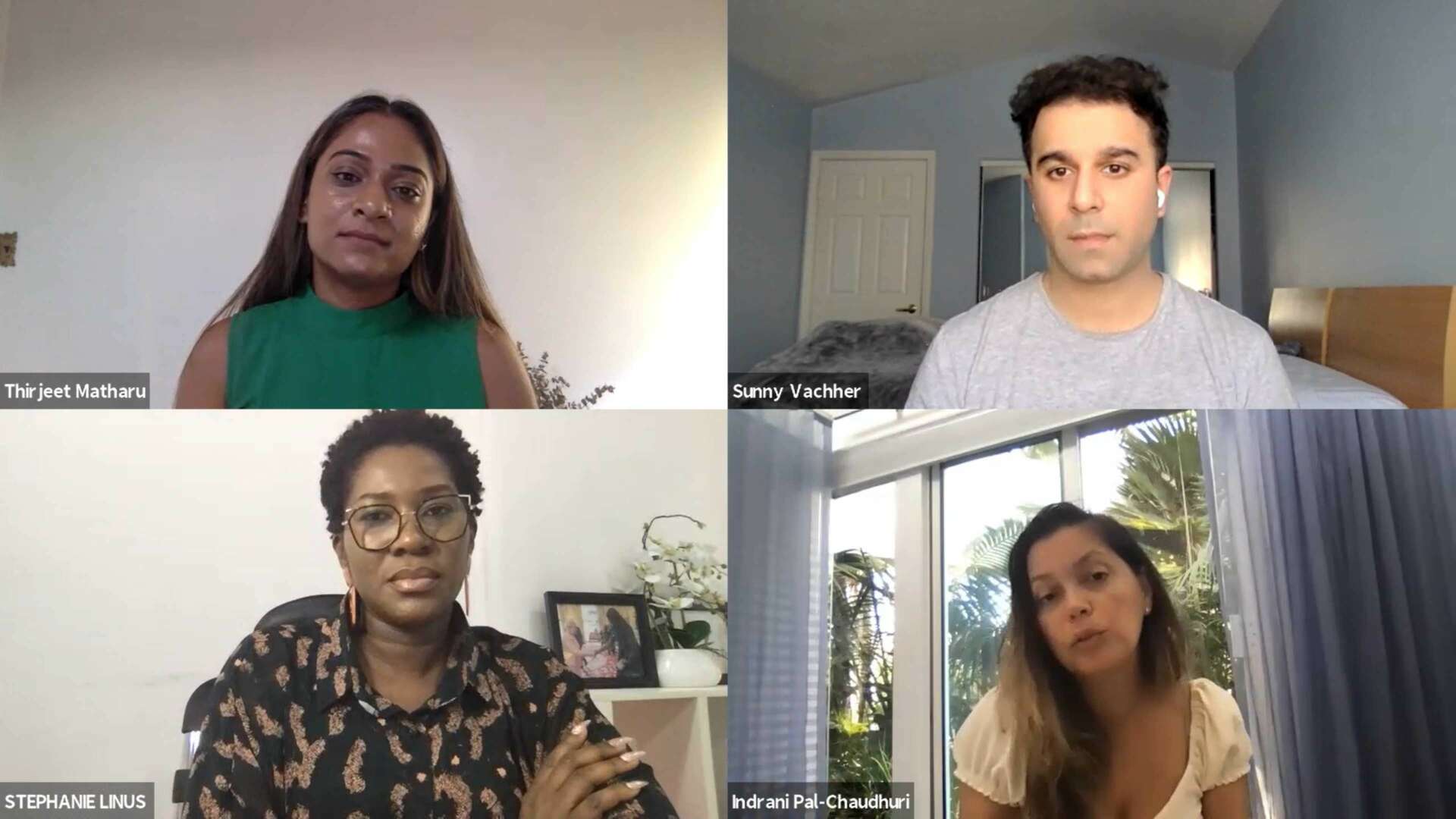Alright – so today we’ve got the honor of introducing you to Melissa Lahti. We think you’ll enjoy our conversation, we’ve shared it below.
Melissa, thanks for taking the time to share your stories with us today Have you been able to earn a full-time living from your creative work? If so, can you walk us through your journey and how you made it happen? Was it like that from day one? If not, what were some of the major steps and milestones and do you think you could have sped up the process somehow knowing what you know now?
I am neurodiverse, which for me has meant that I can see trends before and early on as they are just starting. So I’ve always been good at making money because of this, my journey to being an artist was a little different because rather than struggle to make enough money via my paintings (or whatever) I had to struggle to stop making money and focus or making things that were worthwhile. This was really hard because I didnt grow up wealthy, and I’d started providing for myself really early on. When I was a little kid I designed and sold clothes and accessories to my classmates in my small town, when I was barely 18 I was headhunted as a buyer at Powells Books for their gift and trend marketing sections, which was a godsend because otherwise I wouldnt have had enough money for school. I took on a creative roll designing their major displays while there, which made my time their pretty extreme (working in multiple positions, going to school full time) but I felt grateful for the creative opportunities even if I could tell that I was being exploited.
I burned out and left Powells as soon as I graduated. Afterwards my numbers there had been so good I could really pick from a lot of jobs. I chose a position at a precious metal and gemstone broker that offered to train me in bench jewelry (refined technical skills and specialty equipment for jewelry making). While I enjoyed learning about import/export I disliked the overall field (the precious metals and gemstone industry) so after 3 years I was looking to pivot. I was talking to friends in the Atlanta area (where I lived) and they suggested that I try film production & production design.
This is in 2012 when Atlanta increased their film production financing dramatically. I was very active in the arts community there and based on my detail oriented, friendly, outgoing, and fiscally responsible personality there were several recent SCAD directing program graduates who wanted to work with me on their early (mostly commercial) projects. I gave it a shot and had some immediate success. By 2014 I’d won a slew of advertising awards and was invited to move to Los Angeles with one of the teams. By 2017 I’m working on some of the biggest budget commercials in Hollywood and travelling all over the world winning awards and producing commercials for Coca Cola, Disney, Google, AT&T, etc. I have a specialty casting organization that promotes diversity casting in commercial content, I’ve been hired to produce several feature films by brand sponsors that are also doing well at festivals and streaming online, and I’m doing really well financially, even if I feel not quite entirely fulfilled. I decide that I’m lonely and artistically unsatisfied. So in 2018 I join an arthouse studio so that I can move away from what I consider branded content and make content that’s more meaningful.
Every single piece of content there is still sponsored by a brand. It’s no more or less branded then my films were. There is a lot of toxic in fighting and I immediately see that the studio that I’m working for is on the verge of bankruptcy as soon as I am able to look at their financials (which takes over 6 weeks despite my being a senior producer working on nearly every show). Needless to say I left after only 3 months.
I joined a major studio on contract to give working for one of the big dogs a shot. Nearly every producer that I worked for was an overburdened and underpaid female who was overdue for a promotion, none of them had any creative opportunities, lanes were so chiseled and specific that they were extremely boring. Eccentricity was weirdly overhyped, everyone seemed either fake or just exhausted. There was a lot of unnecessary paperwork, and busy work in general. Overall it was just needlessly unfulfilling. It felt a little like some kinds of work were too stretched out or defused so that no one was necessarily responsible for keystone decision making during development, and then inevitably a lot of early work gets thrown out in later stages. So much waste.
At this point in 2019 I’m offered a job teaching in Africa for a month and that changes my life because I spend that month with a group of nonprofit leaders who also work in Media. While there at DCA 2019 we are both honored by MIPD and the UNHCR and threatened by terrorists so we had to stay under guard at our host hotel. While stuck for 2 weeks together we came up with the idea for NEW MOON. One of the other teachers owned a nonprofit organization that worked on international peacekeeping events and was recently pivoting into more support for safe journalism. We talked about my films (which were all about impact issues – disability inclusion & elder care) and the projects I had coming up, including a project with St Jude Childrens Research Hospital. That how we started. From there covid happened and that also changed us a lot. We pivoted and helped a lot of our nonprofit community and creative community pivot strategically during that time. We also took on a lot of additional community support and grew our volunteer network to over 10,000 members.
So now its about finding a strategic balance to providing for our needs and the needs of the industry and all of the current and potential creatives out there in need of support. We look for keystone projects that support sustainable development goals (because desperation in any area is a detriment to the complete whole, we need clean air, human rights, and equality to survive), we look for ways to make giving back more rewarding to make volunteer work more productive, and ways to serve the future of the creative industry by calling out issues and practical solutions.
So now I see the value of my work not only in dollars but in the benefit that it serves for others, both in the lives directly impacted by my efforts (teaching & employing artists, building supply chains in Ukraine & Turkey) and in the lives indirectly impacted by the messaging in our films.



Great, appreciate you sharing that with us. Before we ask you to share more of your insights, can you take a moment to introduce yourself and how you got to where you are today to our readers
I think I answered a lot of this in the last question. To answer a little more about my projects I used to work with Lamp-lit Studios now Landon Donoho LLC during the period of time when we won the best in show and best newcomer award at the M50. We also produced the Amazon Prime top 10 documentary Cat Heaven Island, and a film for the muscular dystrophy association, along with many other award winning commercials. I left Lamp-Lit to join NEW MOON Films a nonprofit production studio that focuses on supporting international co-produced features & media based projects supporting United Nations sustainable development goals. NEW MOON also works with other npos and ngos who align with our mission, like the United Nations, to amplify and support their activations to unify industry messaging overall and drive focused, practical change through our combined efforts. This includes sharing and promoting key messaging including supporting accurate journalism, and supporting industry networking events, co-production, and collaborations.
Past work includes supporting the Oscar campaign for NAVALNY, Supporting the Cannes premiere of ‘The Great Artist’, an awareness campaign for Filmmakers for Ukraine that lead to their receiving the Humanitas Prize, and projects supporting diverse digital education, equal rights for girls, arts education, and refugee rights (and more).



Alright – so here’s a fun one. What do you think about NFTs?
Whenever you are looking at a new technology you need to be paying attention to its basic functions and the needs that it serves. I think a lo of people were swept up in trend marketing surrounding NFTs. People were collecting and trading them like they had a completely secondary fine arts industry while simultaneously diffusing the value of their own content. Calling pieces “one of a kind” then recapturing them with minimal changes and reselling them. If brokers in that industry had been more cautious they could have supported more sustainability rather than become a cautionary tale that has damaged confidence in the industry for areas like security that can actually be significantly benefited by the technology.
What can society do to ensure an environment that’s helpful to artists and creatives?
We’ve done enough research to know that we are pretty far away from a thriving creative ecosystem. We need more fundamental economic equality in the word before we will really be able to see the artist capabilities of humanity. The creative industry is too defined by addle minded nepo babies. People need to take more responsibility for each other, especially for children, there’s no excuse to overlook the needs of children and the elderly like we do today in the USA let alone developing worlds abroad.
So step one – work to conquer poverty and create more equitable opportunities in education. Digital education does a lot to support this. Access to art supplies is a big deal and a huge inhibitor for economically challenged children. Kids need art supplies and computers everywhere in the world. Teachers need more supportive leadership.
Step two – Honest and supportive pathways into arts careers for adults. We have an ongoing podcast series ART IS that talks about being an artist and finding funding opportunities especially early in your career is mentioned by nearly everyone. Arts materials are expensive and the more expensive your materials the more seriously your taken in a lot of spaces. An untalented novice filmmaker on an Alexa is still going to mostly capture better images then a super talented one on a broken outdated phone. A lot of people get exploited, even traumatized at this stage because of the vulnerability associated with it. The arts industry and film industry have been shifting so dramatically and often that it also doesn’t really lend itself to the slower pace of established academia and a lot of students feel let down by their expensive degrees. People are also jaded by the idea that they have to destroy their bodies working super hard for acknowledgement in an era were technology innovations are making that kind of work less and less necessary. People need to know what to do in order to do it and in arts careers there aren’t clear next steps. There need to be a lot more grants and university curriculum need more supervision from active artists.
step three: Again more general oversight, more regulations and enforcement surrounding them. Also more education on enforcing your rights for artists and creative unions outside of major cities in the US. We just got passed the CASE or Copyright Alternative in Small-Claims Enforcement Act in the US as an alternative to Small Claims court and I’m optimistic about its impact.
Contact Info:
- Website: http://www.newmoonfilms.com
- Instagram: @newmoonfilmpro
- Facebook: @newmoonfilmpro
- Linkedin: https://www.linkedin.com/in/melissa-lahti/
- Youtube: @newmoonfilmpro
- Other: Also @newmoonfilmpro on Facebook & Twitter
Image Credits
Headshots from NEW MOON photo session with Vivien Rodriguez Stills from Impact Panel Events with NEW MOON Films, Surzyrk an upcoming photobook about Ukraine by Marcin Banasiak showcasing filmmaker led support efforts in Ukraine supported by NEW MOON, and Melissa’s producing work.


